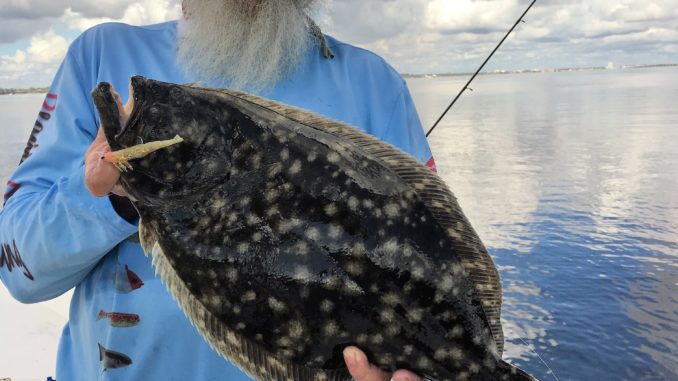
Try this quartet of great spots to put some nice flounder in your cooler as fishing kicks off in the Carolinas this month, with summer just around the corner.
Flounder are arguably the most-recognizable inshore fish on the east coast. For die-hard anglers, they can be targeted every month of the year in the waters of both Carolinas, from brackish ecosystems to nearshore ocean reefs.
The inshore fishery that’s within reach of small boats fires off hot late in the spring and early in the summer, and that’s great for fishermen within a short drive of the North Carolina and South Carolina coasts, which have nutrient-rich estuaries that provide some of the best fishing through the flatfish’s range.
The National Marine Fisheries Service reported that commercial fishermen brought to the dock more than 3 million pounds of flounder caught in North Carolina waters during the 2016 reporting period, making the Tarheel State the No. 1 flounder-producing state in the nation, with almost 40-percent of the entire U.S. commercial harvest. The majority comes from the huge inland sounds for which North Carolina is famous, the Pamlico and Albemarle.
While South Carolina may lack a 3,000-square mile Albemarle-Pamlico inland estuary, the Palmetto State has plenty of excellent flounder habitat from Little River to the Savannah River supports a generous recreational and commercial creel limit in spades.
Late spring and early summer is prime time for recreational fishermen to target flounder, which are turning on after a long winner. While they live in just about every estuary, creek or bay along the coast of both states, several ares are known locally or regionally as hot spots for flounder.
Pamlico Sound
To begin with, North Carolina’s Pamlico Sound is one of the best and most-diverse flounder habitats anywhere and No. 1 on North Carolina’s hit list for spring/summer flounder.
This sprawling are of water contains endless, pristine flounder habitat with a massive forage base to support it. Dave Stewart of Knee Deep Custom Fishing Charters in Minnesott Beach, N.C., said fishing takes off near the mouth of the Neuse River as soon as the water warms up to around 70 degrees.
“We have a lot of flounder that winter in the deep water in the river,” said Stewart (252-670-2841). “When the water temperatures rise above 70 degrees, they move shallow and start looking for food.”
The sound supports an overwintering population of summer flounder in its deep areas; the amount of deep water supports a far larger winter population than other areas.
Stewart starts looking for flounder in places where they’re rarely found during mid-summer.
“In the early season, they will be along deep marshes and creek mouths on oyster beds, shoals along deep channels, rock piles, jetties and on points of marsh islands — all near deep water. It will not be until later in the summer (that) they get up on the shoreline to feed in the super-shallow water,” said Stewart, who will fish anywhere inside the crab-pot line from Cedar Island all the way to the Pamlico River.
According to Stewart, flounder will feed on small fish, small shrimp and even worms. As a result, his primary lures are soft plastics rigged on light jigheads or screwlock, weighted swimbait hooks.
“D.O.A.’s 4-inch shad tails or 3-inch shrimp — in white — work well for flounder, and D.O.A.’s new Sna-Koil dredged along the shoreline is a hot lure for flounder. They’ve been devastating it,” he said.
Roanoke Island
Roanoke Island is at the northern end of the Pamlico Sound, straddling the Croatan and Roanoke sounds with direct access to the Atlantic Ocean through Oregon Inlet. The area between the sounds is practically a funnel for baitfish and shrimp and has perfect habitat for flounder.
Guide Bryan DeHart said flounder fishing can be great in May and June if you can get in the path of their migration.
“In May and early June, our fish show up in waves and are moving through, feeding along the way to their summer places. They are transitional fish this time of year,” said DeHart (252-473-8632), “but the fishing can be consistent when you figure out their pattern on that day.”
One of the characteristics that make this estuary unique is the lack of a discernible tide. Flounder and other predators don’t get the luxury of setting up along a heavy current seam to feed. They must learn how to seek out bait and other forage outside of a tidal dynamic.
“We have wind-driven tides, and fish will position around points and shoreline structure to ambush incoming bait,” said DeHart, who concentrates along marsh shorelines with various types of bottom, including the 3-foot, cut banks and the sandy banks next to marsh points.
“I fish various areas until I find a pattern. I work banks methodically like a bass fisherman,” he said. “One of my most-important keys for catching spring flounder is the presence of bait. I bounce around to different habitats until you find spots with bait and there will be a good chance flounder will be there.”
Scented soft plastics dredged along the bottom are DeHart’s choice for spring and summer flounder lure options.
“I like Gulp or any other scented, soft plastic, but a Z-Man Diesel Minnow with Pro-Cure (scent) is hard to beat for flounder, too,” he said.
Little River
Little River Inlet and the marshes at Cherry Grove just south of the North Carolina/South Carolina border are prime hot spots that draw flounder anglers from both states.
Tom Cushman of Cush’s Calmwater Fishing Charters fills most of his spring inshore fishing charters with sizeable limits of doormat flounder.
“May and June are the peak months for our spring flounder fishing. We catch big numbers of fish this time of year,” said Cushman (843-997-5850). “Fish are moving in from offshore and into our inlets in waves, usually around the big tides from full moons.”
Being based out of North Myrtle Beach, S.C., Cushman can easily fish Cherry Grove and Little River in South Carolina, estuaries that are relatively small compared to larger ones associated with larger river systems. The small estuaries are inviting to baitfish, shrimp and inshore migrations of flounder.
“Flounder are aggressively feeding and moving inshore in large schools of similar size,” he said. “You will catch 30 to 40 12-inch fish one day and then go back the next day and catch 16 to 22-inch fish. When the schools move in, it’s exciting, especially when you catch a big fish early in the day — you know it’s going to be a good day,” he said.
Cushman starts in the main channels at Cherry Grove and then shifts to Little River as the water heats up, fishing around oyster bars and creek mouths. But he will stay on the move if the fish aren’t in a particular spot.
“Flounder aren’t sitting still this time of year. They are moving around with the tide and setting up in places the bait will come to them,” said Cushman, who targets places where the sand hits oyster bars near a drop-off, such as a creek drain with an oyster bar located along the edges. He prefers to fish the last two hours of the falling tide and the first two hours of the rise.
Live mud minnows are Cushman’s primary offering for flounder, but he will use finger mullet or peanut pogies when available. He also likes Gulp soft plastics in the spring and early summer.
“Flounder will inhale a 3-inch Gulp shrimp or curlytail mullet. They love scented lures in white,” he said.
Murrells Inlet
The small fishing village of Murrells Inlet south of Myrtle Beach receives very little exposure from tourists, but the pint-sized estuary packs a big punch for flounder in late spring and early summer. thanks to its ideal saltwater flow.
“Murrells Inlet is an anomaly. We have the right bottom here — unlike the inlets to the south of us with unconsolidated pluff mud,” said J Baisch of Fishfull Thinking Guide Service. We have hard mud and sand mostly. Also, we don’t have any freshwater feeding our estuary, and there is something about salt-in and salt-out this time of the year.”
Flounder prefer to enter Murrells Inlet early in the season. While freshwater inputs in brackish systems can offer baitfish and shrimp nutritional benefits, estuaries with a high saline content provide incoming life with similar water chemistry as in the ocean, which is preferred during the spring return.
Because it can still be cool in May, flounder will choose areas where the sun can warm the waters.
“I prefer to fish lower tides and moving water,” said Baisch (843-902-0356). “My favorite time is a good low tide in the afternoon when the sun heats up the hard mud and dark-colored oysters. But I will fish about any tide this time of year, because when the fish arrive, they are aggressive and ready to eat no matter what the tide is.”
Baisch fishes places along main-channel banks near the inlet as well as creek mouths and the edges of flats near deep channels with dark-colored bottoms with abundant oysters. Flounder will stage up on the edge of structure, waiting for food to be swept past. Live minnows fished on a jighead are his go-to baits.

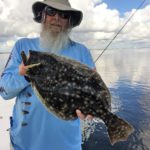
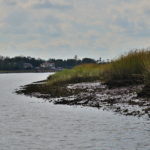
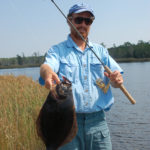
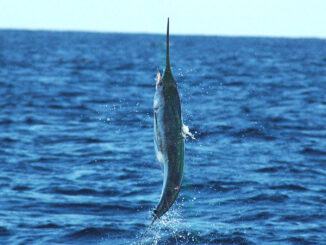
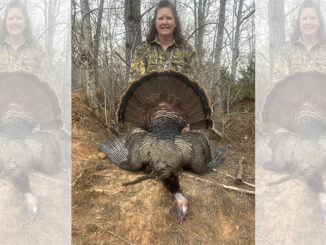
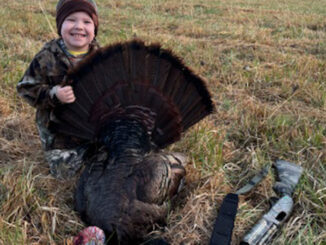

Be the first to comment